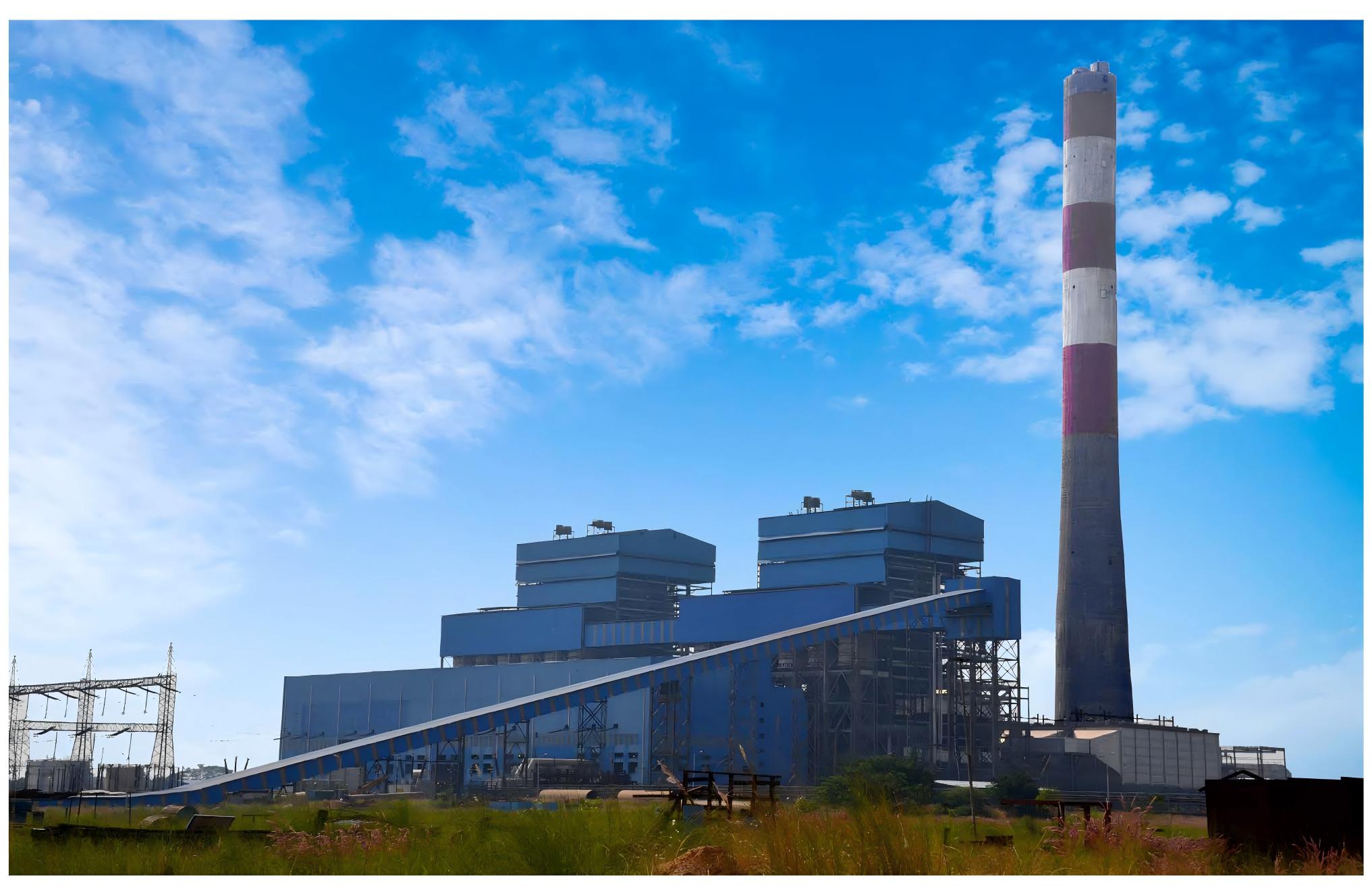
+86 18660102967 +86 18615518078
info@runh.com
As the world increasingly calls for cleaner energy, coal power plants stand to be left behind. While their contribution towards energizing industrial development in the past can in no way be overemphasized, these days they are not considered to be among the largest emitters of greenhouse gases. Eliminating them is neither a viable economic solution nor an achievable reality in much of the world.
Here is where retrofitting green coal power facilities becomes a viable middle solution between the energy needs of today and the future needs of sustainability.
Coal-fired power plant still supplies over one-third of global electricity generation, with particular dominance in countries that are endowed with massive coal resources or that have limited alternative infrastructure. Coal-fired power stations offer grid balance and energy security in those countries. The green cost is terrible: low CO₂ emissions efficiency, pollution of the air, and low energy conversion efficiency.
Phase-out of coal without transition planning can cause energy shortages, economic instability, and social unrest. To its credit, energy sustainability for coal-fired power generation has to be built around the upgrade of infrastructure to cleaner, more efficient technology compatible with renewable energy.

Green retrofitting of coal-fired power facilities involves the upgrading of existing aging coal power facilities with better control technology, materials, and equipment. More economical than replacing aging facilities, retrofitting is also feasible, the best for developing nations.
l Carbon capture and storage (CCS): Traps CO₂ emissions prior to release to the atmosphere and buries them beneath the ground.
l Supercritical and ultra-supercritical steam cycles: Emissions and coal are reduced through increased thermal efficiency.
l Flue gas desulfurization (FGD): Reduces sulfur dioxide to curb acid rain and particulate air pollution.
l Integrated biomass co-firing: Allows coal-fired power plants to co-fire a mixture of coal and biomass to reduce net carbon emissions.
These retrofits lower emissions, encourage vegetation, and are an affordable long-term investment. Most importantly, they are a bridge to creating sustainable energy alternatives to coal facilities without compromising energy access and reliability.
It is not just about emissions control. Energy sustainability at coal-fired power plants means reengineering the operation of the plant, resource allocation, and its system-to-system as well as system-to-grid interactions.
l Digital optimization: Use AI and IoT-based technology to monitor and optimize plant operations in real time for maximum performance.
l Water-conserving technology: Minimizing water consumption in cooling and flue gas desulfurization systems.
l Renewables integration: Hybrid system integration with coal plants, which allows for baseload capacity of variable resources like sun or wind.
l Fuel flexibility: Facilitating the transition to 100% low-carbon or low-carbon renewable fuels without necessarily involving the revamping of infrastructure.
All of these improvements together augment the effectiveness of a plant, lower environmental impact, and optimize economic sustainability in the long run.
Massive coal-based economies such as Germany, China, India, and Poland are already in the process of retrofitting, for example:
l China has already retrofitted over 900 GW of its coal capacity with ultra-low emissions technology.
l India is pilot-testing the supercritical boiler retrofits and the carbon capture technology.
l Coal power plants in Europe have also been retrofitted successfully to be used in biomass or waste-to-energy, which worked well, and there are alternative renewable energy sources to coal-fired power plants in the real world.
These instances demonstrate that retrofitting is not just on paper—it's being done, it's at scale, and already quantifiably contributing to cleaner energy systems.
Governments and multilateral institutions must offer fiscal incentives and regulation systems for mass adoption. These are:
l Carbon pricing systems
l Tax credits for emissions reduction by technological innovation
l Public-private R&D funding for clean energy
l Multilateral climate finance for developing nations
These can reduce the barrier of initial costs of green coal-fired power plant retrofitting and encourage utilities to incorporate sustainability in long-term plans.
Transition to zero-carbon needs to be technologically feasible, equitable, and just. As fast as renewables are appearing, coal is going to be a part of the global energy basket for several decades to come, mainly in the developing world.
With the use of sustainable energy technologies in coal power plants, countries can reduce emissions without affecting energy security. With green retrofitting of existing coal power plants, there can be a collective and focused effort on the energy sustainability of coal power plants. The world can make history with coal and launch a cleaner and more sustainable age of energy production.
+86 18660102967 +86 18615518078
Block C,Yinfeng Fortune Plaza, No.1 Long'ao West Road, Lixia District, Jinan, China.
Copyright © Runh Power 2025 All rights reserved